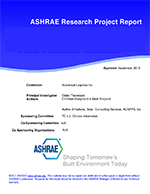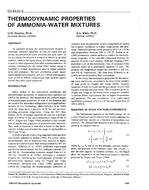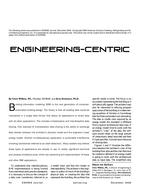Click here to purchase
Lately there has been a paradigm shift in the industry as well as the community-at-large within the Middle East when it comes to energy consciousness and conservation, owing especially to proactive policy making and ordinances. With respect to the Air Conditioning sector, this has spurred the adoption of strategies and equipment incorporating ‘Inverter technology’, in light of their part-load performance and associated savings potential. But this transition has not been supplemented with local regulatory literature which delineates the figures of merit against which these Air Conditioners ought to be evaluated – based on their part-load performance (Seasonal/Integrated Energy Efficiency Ratio) and derivatively, their Life Cycle Cost. As such, these technologies are presently adjudged on performance metrics predominantly designed for distinctly different geographies (Europe or North America). This not only projects a false picture of equipment performance but is also ineffectual in helping determine the energy economics of the system. The proposed study evaluates metrics that will help reflect the actual annualized performance and efficiency of air-conditioning equipment at part load operation in the UAE, and by extension the region. This is achieved through extensive qualitative review of existing models with industry-wide adoption, and those adopted at the regional scale. Subsequently, critical-to-design factors such as Climatological Data and Building Typology (along with their usage patterns, building codes) are analyzed through simulation, and their weights are accordingly appraised. The results are contextualized and compared against the presently adopted metrics, and the case for localized part load figures of merit is posited.
Citation: 7th International Conference on Energy Research and Development
Product Details
- Published:
- 2019
- Number of Pages:
- 8
- Units of Measure:
- Dual
- File Size:
- 1 file , 1.3 MB
- Product Code(s):
- D-2019ICERD7-028


